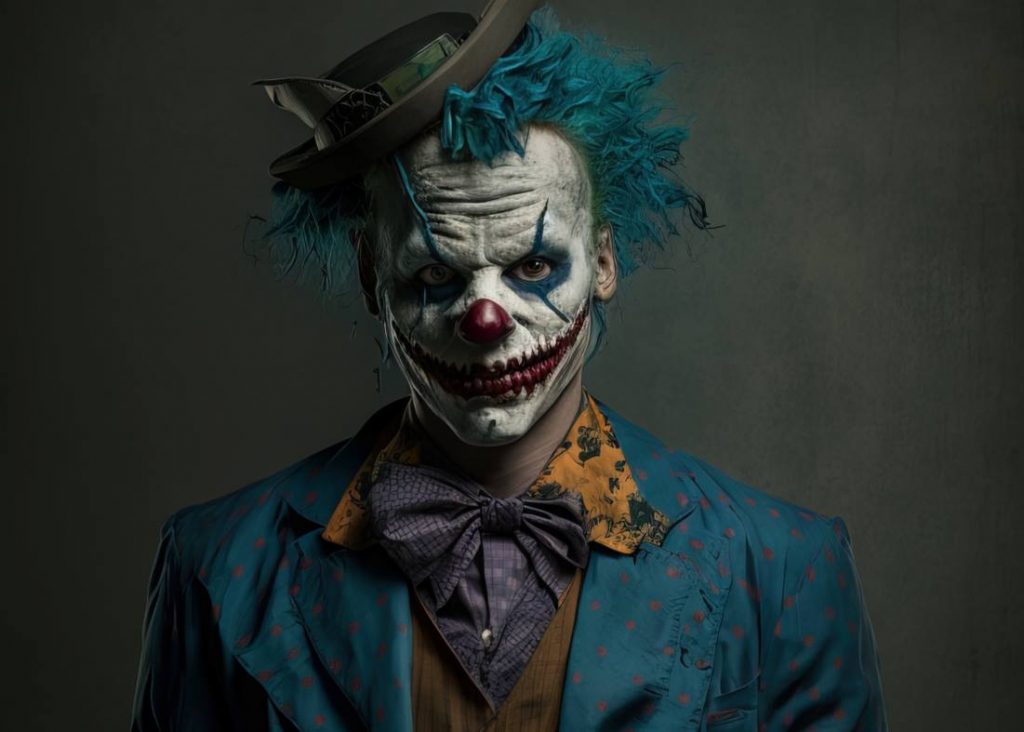
Unless you live under a rock, you probably know Joker from his film and television appearances or his original adventures as a DC character. Love him or hate him, this iconic villain’s erratic personality and terrifying crimes have had a special place in the imagination of comic audiences for decades. So, without further ado, let’s dive into the dark chasm of Joker’s madness.
If you are relatively new to the DC universe and want to learn more about Joker’s lore, you are in for a wild ride. Prepare for the four most important fun facts about Gotham’s Clown Prince of Crime that every Batman fan needs to know.
Perhaps one of the most intriguing questions surrounding this comic villain is about the inspiration behind his smile. The performance that most likely inspired the unsettling Joker smile was that of Conrad Veidt in a silent film from 1928, The Man Who Laughs. Although Veidt’s character is not a villain, he and Joker share the same permanent grin.
Yes, you’ve read that right - one of history's most popular comic villains wasn’t initially even meant to become a permanent character. In fact, in the 40s, the creators originally planned to introduce the Joker as a one-shot character and kill him off quickly afterward. However, the audience grew to love the Prince of Crime so much that he escaped death several times, and the rest is history.
Due to his increasing popularity in the 70s, DC gave the Joker his own eponymous comic series. The short spin-off focusing on the iconic villain lasted nine episodes. In addition to his regular battles against Batman, it put the Joker against other popular characters like Catwoman and Lex Luthor.
It remains unclear if what protects Joker from toxins is his fall into a vat of chemicals or just his absolute insanity, but he shows a fascinating chemical immunity. For example, while Scarecrow’s fear toxin causes most victims to collapse in sheer panic, it leaves the Joker untouched. He also injected himself with the Titan formula in the Arkham series and only felt its benefits but none of its drawbacks.
Joker’s anonymity has played an essential part in maintaining the twisted mystery surrounding this character. The creators have given him a couple of potential real names, commonly hinting at Jack as his first name. The inspiration for this probably lies in Tim Burton’s version of Batman, which mentioned Jack Napier as the actual name of Jack Nicholson’s Joker.
However, DC Comics finally decided to put an end to this mystery in 2022 and reveal that the Clown Prince of Crime’s real name is Jack Oswald White. Flashpoint Beyond #5 sees Martha Wayne, who turned into the Joker in her own universe, disclose the information she gained about the Joker in the main DC universe where Batman is alive.
The most well-known backstory about where things went wrong with the Joker involves his fall into a tank of unknown chemicals. The chemical waste disfigures his appearance, leaving him with bleached skin, green hair, and bright red lips. This disfigurement drives him insane, turning him into the antithesis of Batman’s personality and his main nemesis.
Detective Comics #168, which was published in 1951, reveals Joker’s previous identity as a masked criminal known as the Red Hood, who fell into an acid vat while trying to escape from Batman. He survived the attack at the cost of living with corpse-white skin, green hair, and an unnerving permanent grin.
The Joker’s uncontrollable laugh makes him an outcast, subjecting him to mockery and isolation. His dream to be loved and accepted turns into an incessant, violent vendetta against society.
Despite his character developing into a violent bully, Joker is an allegory for the disillusioned ordinary man in an unfair world. Pushed to his limits by the status quo, this villain represents the outcomes of a society that ostracizes its outcasts.